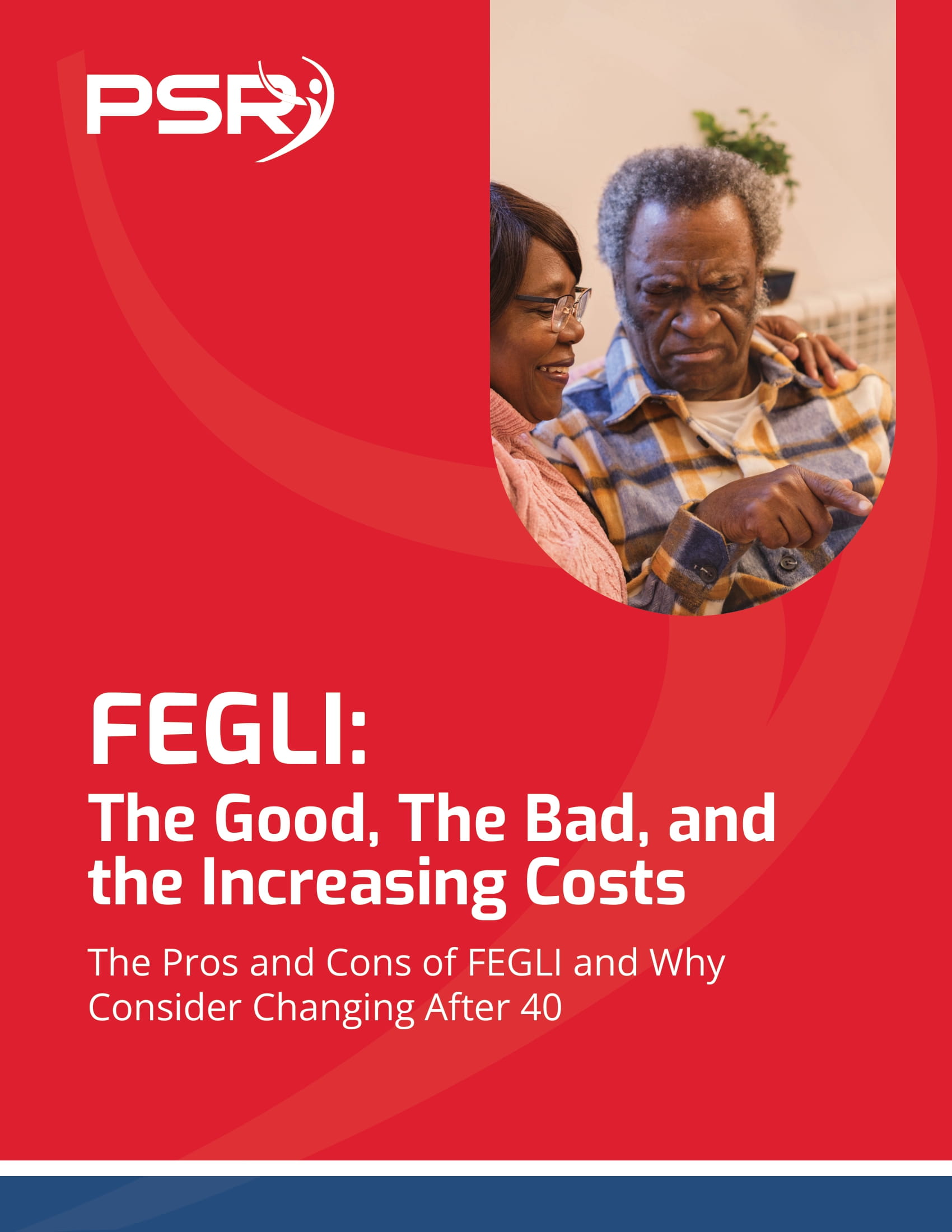Key Takeaways
-
Keeping your FEHB coverage into retirement in 2025 often leads to greater peace of mind due to lifelong healthcare security, premium subsidies, and coordination with Medicare.
-
Switching out of FEHB can create irreversible consequences, often leaving retirees facing higher out-of-pocket costs and fewer protections when they need healthcare the most.
Why FEHB Retirees Feel Secure About Their Healthcare
When you carry your Federal Employees Health Benefits (FEHB) plan into retirement, you keep more than just a health insurance policy. You carry with you decades of employer support, generous cost-sharing, and one of the most stable retiree healthcare programs available in 2025.
Here is why staying with FEHB often gives retirees confidence:
-
Government premium contributions continue for life. The government pays roughly 70% of the total premium cost even after you retire.
-
Guaranteed access to FEHB plans. Unlike private plans that may change or vanish, FEHB is protected by law and remains available as long as you meet eligibility requirements.
-
No pre-existing condition limitations. Once you retire with FEHB, your coverage cannot be denied based on health conditions.
-
Automatic coordination with Medicare Part A and optional pairing with Medicare Part B.
Retirees who keep FEHB know they can weather unexpected medical events without fearing loss of coverage or catastrophic costs.
The Importance of Meeting Eligibility Requirements
To carry FEHB into retirement, you must meet strict conditions. These include:
-
Five continuous years of FEHB enrollment immediately before retirement.
-
Eligibility for an immediate annuity.
In 2025, failing to satisfy these requirements can mean losing FEHB permanently, a mistake some regret when healthcare needs inevitably increase with age.
How FEHB and Medicare Work Together
At age 65, most retirees become eligible for Medicare. FEHB plans are designed to coordinate smoothly with Medicare Parts A and B, offering an even stronger safety net.
Here’s how they typically work together:
-
Medicare Part A (hospital insurance) becomes primary and covers hospital stays.
-
Medicare Part B (medical insurance) covers doctor visits and outpatient care.
-
Your FEHB plan becomes secondary, picking up costs Medicare doesn’t cover, like copayments and deductibles.
Many FEHB plans even waive certain cost-sharing requirements if you enroll in Medicare Part B, making it an even more affordable combination.
Why Some Retirees Regret Leaving FEHB
Switching out of FEHB can seem attractive at first glance—particularly when facing the lure of seemingly lower premiums from other options. However, retirees who leave FEHB often discover hidden costs and serious risks.
Common regrets include:
-
Loss of guaranteed lifelong coverage. Private plans can change benefits annually or cease operations.
-
Loss of generous government contribution. Without FEHB, you pay 100% of your healthcare costs.
-
Less predictable costs. Many alternative plans introduce unpredictable premium hikes, network changes, or benefit cuts.
-
Limited ability to return. In almost all cases, once you drop FEHB in retirement, you cannot re-enroll unless under very rare circumstances.
For these reasons, many retirees who leave FEHB later find themselves spending more—and worrying more—about healthcare.
Financial Advantages of Keeping FEHB in Retirement
When you stay enrolled in FEHB during retirement, you enjoy several major financial advantages that private retirees often miss:
-
Continued premium subsidies that significantly reduce monthly out-of-pocket costs.
-
Access to extensive provider networks without needing referrals in many plans.
-
Protection against catastrophic costs with annual out-of-pocket maximums.
-
Eligibility for tax-free premium deductions if your annuity provider allows it.
In 2025, these financial protections are more valuable than ever as healthcare costs continue to rise nationwide.
Understanding the Risks of Switching to Private Insurance
Many retirees consider private plans for perceived short-term savings. However, those savings can evaporate quickly when serious healthcare needs arise.
Key risks include:
-
Higher total out-of-pocket costs. Lower premiums often mean higher deductibles, copayments, and coinsurance.
-
Narrower networks. You may have fewer choices of doctors and hospitals.
-
Annual plan changes. Benefits, costs, and coverage rules can change every year.
-
Complex appeals processes. Private insurers may deny claims more often, requiring lengthy appeals.
FEHB plans, by contrast, offer greater stability and transparency, giving retirees more control over their healthcare experience.
Timeline of Key Healthcare Decisions
Timing your healthcare choices properly is critical to protecting your retirement security. Here’s a basic timeline you should keep in mind:
-
Age 64: Start reviewing how your FEHB plan coordinates with Medicare.
-
Three months before turning 65: Enroll in Medicare Part A and consider Part B enrollment.
-
During Medicare’s Open Enrollment (October 15 to December 7): Evaluate whether any changes to your FEHB or Medicare coverage are needed.
-
Every FEHB Open Season (November to December): Review your plan’s changes for the upcoming year.
Following this timeline helps you stay informed and avoid costly gaps in coverage.
Special Considerations for Postal Retirees in 2025
If you are a retired Postal Service employee, 2025 marks a critical year. The Postal Service Health Benefits (PSHB) Program officially replaces FEHB for postal retirees and employees.
Key points for postal retirees include:
-
Automatic enrollment into PSHB plans if no action was taken during the Open Season.
-
Mandatory Medicare Part B enrollment for Medicare-eligible annuitants, with some exceptions.
-
Drug coverage through integrated Medicare Part D Employer Group Waiver Plans (EGWPs).
While PSHB mirrors many features of FEHB, postal retirees must carefully review plan details each year to ensure continued protection.
Protecting Your Healthcare Security Long-Term
Safeguarding your healthcare future requires proactive planning and periodic review. Staying enrolled in FEHB often proves to be the best long-term strategy.
Tips for protecting your coverage:
-
Stay enrolled in FEHB continuously through retirement.
-
Enroll in Medicare Part A and strongly consider Part B.
-
Review FEHB plan brochures every Open Season.
-
Consult a licensed professional listed on this website if you are considering changes.
Taking these steps ensures you keep the healthcare benefits you worked so hard to earn throughout your career.
Secure Your Retirement Healthcare with Confidence
Choosing to keep FEHB into retirement can offer you unmatched stability, lower financial risk, and greater peace of mind. On the other hand, switching out—while tempting—often leads to higher costs and greater uncertainty. As healthcare continues to evolve in 2025, wise decisions today will protect your wellbeing for decades to come.
If you are unsure about your options or want personalized advice, connect with a licensed professional listed on this website who can guide you based on your unique situation.









